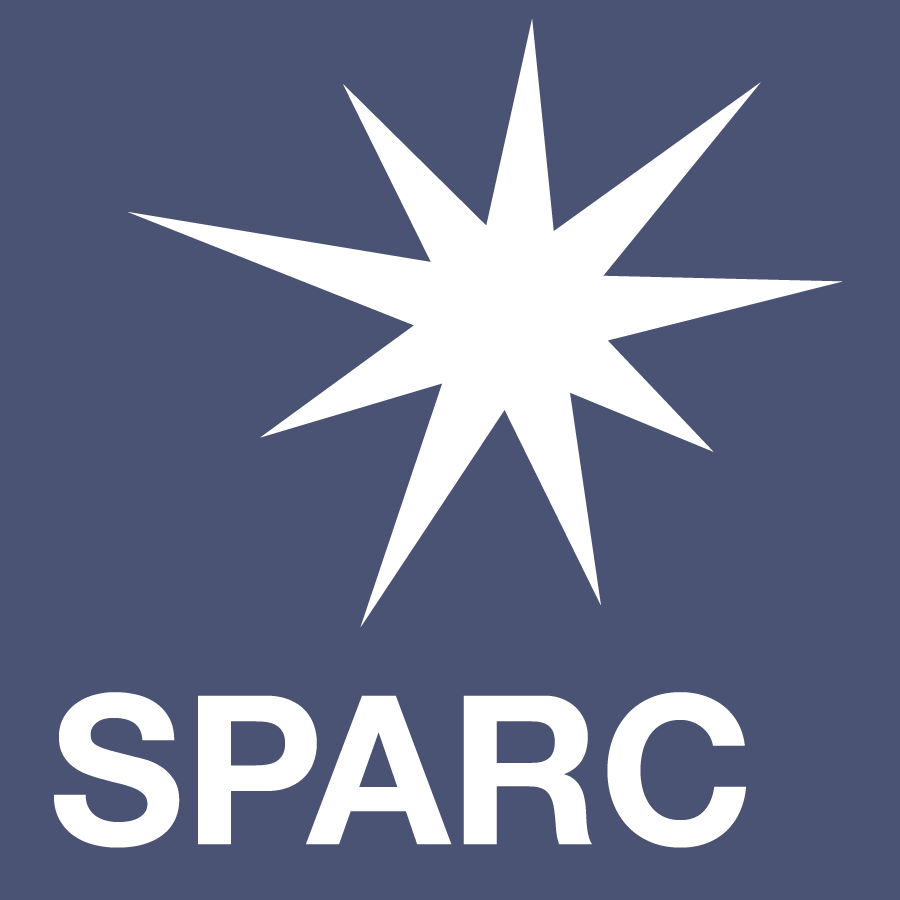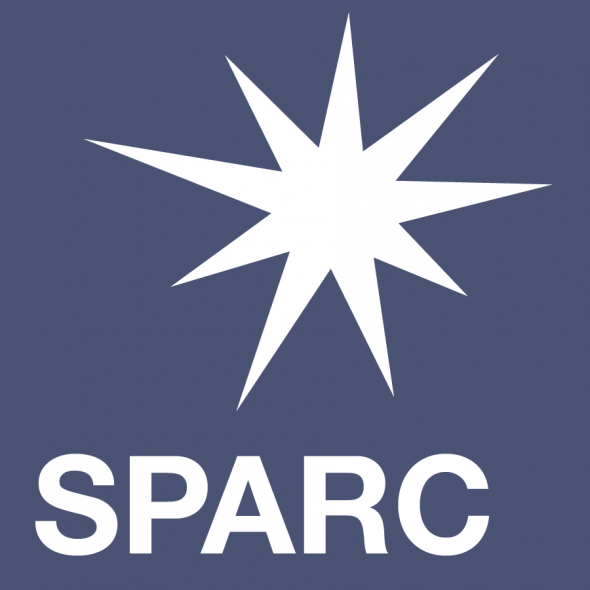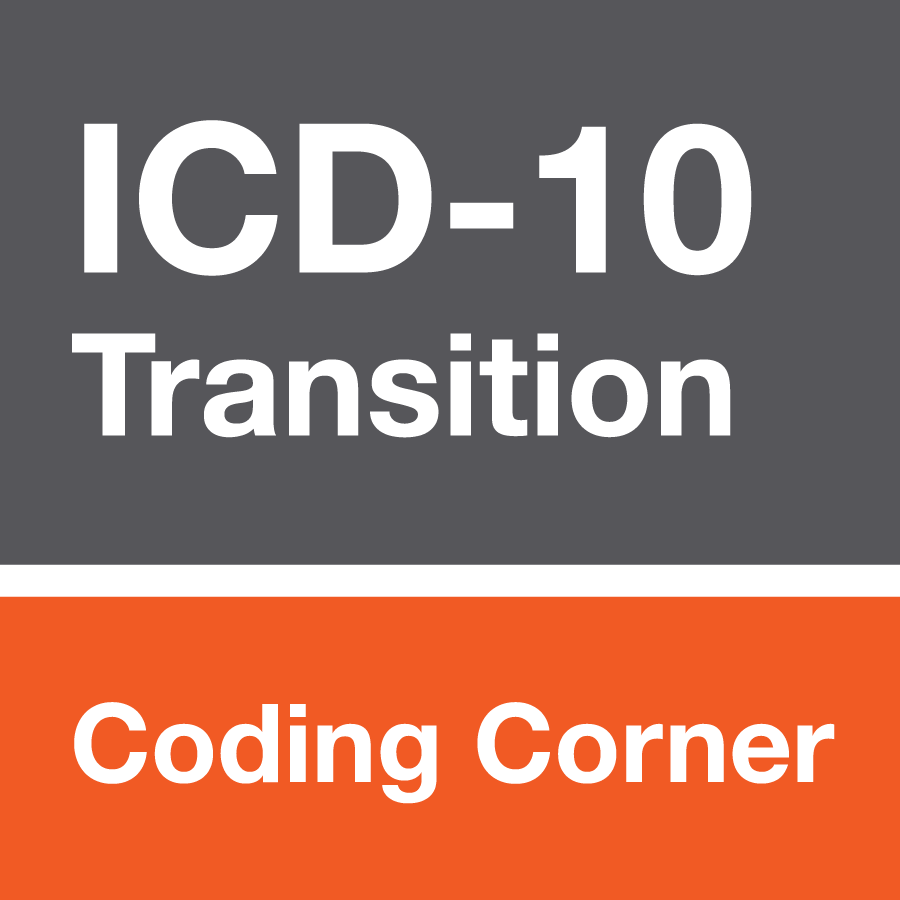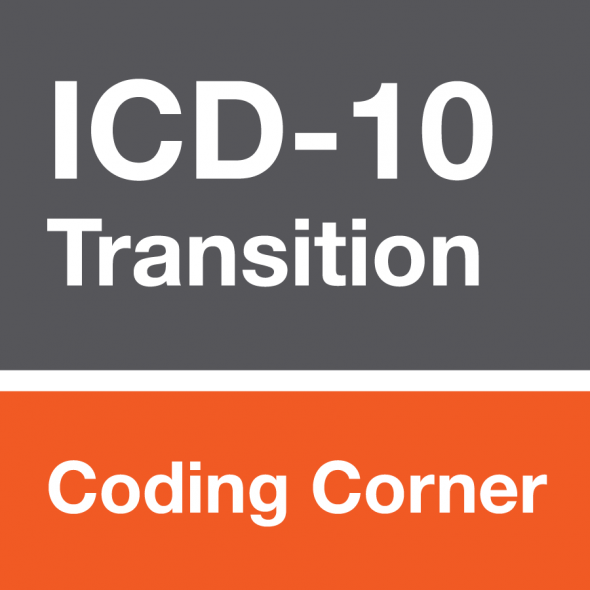Looking for upcoming events? Check out the
Therapy Career Fair Calendar.
2016 Conferences Archive
Feb 5, 2016 – TWU (OT) Dallas, TX
Feb 18-20, 2016 – CSM 2016 (PT, PTA) Anaheim, CA
Feb 24, 2016 – Rockhurst University Health Fair (OT, PT, SLP) Kansas City, MO
Mar 1, 2016 – UWM Health Sciences Career Fair (PT, OT, SLP) Milwaukee, WI
Mar 10-12, 2016 – TSHA Convention (SLP) Fort Worth, TX
Mar 16, 2016 – University of Toledo Job Fair (PT, OT, SLP) Toledo OH
Mar 18-19, 2016 – NOTA Conference – College of St Mary (OT, OTA) Omaha, NE
Apr 2, 2016 – AZ SSIG Student Conclave – Midwestern University (PT, PTA) Glendale, AZ
Apr 2, 2016 – UTHSCSA Job Fair (PT, PTA. OT) San Antonio, TX
Apr 2, 2016 – UW Rehab Job Fair (OT, PT, SLP) Seattle, WA
Apr 5, 2016 – UW La Crosse PT, OT Career Fair (PT,OT) LaCrosse, WI
Apr 7-9, 2016 – AOTA Annual Conference (OT, OTA) Chicago, IL
Apr 12, 2016 – Samuel Merritt Presentation (OT, PT) Oakland, CA
Apr 13, 2016 – TX Healthcare Career Fair (OT, OTA) Abilene, TX
Apr 27, 2016 – CSUDH OT Career Fair (OT, OTA) Carson, CA
Apr 29, 2016 – University of Puget Sound (OT, PT) Tacoma, WA
May 4, 2016 – AT Still PT Recruitment Fair (PT, PTA) Mesa, AZ
May 4, 2016 – Blinn College Job Fair (PTA) Bryan, TX
May 26, 2016 – Grossmont College (OTA) El Cajon, CA
Jun 3, 2016 – University of St Augustine Career Fair (PT, OT) Austin, TX
Jun 10, 2016 – University of St Augustine Career Fair (PT, OT) San Marcos, CA
Jun 17, 2016 – Spalding University ASOT (OT) Louisville, KY
Jun 23, 2016 – University of TX Medical B (UTMB) PT Career Fair (PT) Galveston, TX
Jul 12, 2016 – Stanbridge College (OT, OTA, PTA)
Aug 17, 2016 – UNT Health Science Center, Fort Worth, TX
2015 Conferences Archive
Sept 8, 2015 – AT Still University OT Career Fair – Mesa, AZ
Sept 10, 2015 – University of New Mexico Job Fair (PT, OT) – Albuquerque, NM
Sept 22, 2015 – TX State University (PT, SLP) – San Marcos, TX
Sept 24, 2015 – Nebraska SLP Conference – Kearney, NE
Sept 26-27, 2015 – CPTA Annual Conference – (PT, PTA) – Pasadena, CA
Oct 2-3, 2015 – PTWA Conference (PT, PTA) – Bellevue, WA
Oct 9-10, 2015 – WOTACON 2015 (OT, OTA) – Tacoma, WA
Oct 12, 2015 – SLCC Career Fair – Salt Lake City, UT
Oct 14, 2015 – College of St Mary Job Fair (OT) – Omaha, NE
Oct 14, 2015 – University of St Augustine Job Fair (PT, OT) – Austin, TX
Oct 21, 2015 – University of St Augustine Job Fair (PT, OT) – San Marcos, CA
Oct 23-24, 2015 – APTA National Student Conclave (PT, PTA) – Omaha, NE
Oct 23-24, 2015 – TPTA Annual Conference (PT, PTA) – Arlington, TX
Oct 23-24, 2015 – OTAC Annual Conference (OT, OTA) – Sacramento, CA
Oct 26, 2015 – TWU Career Fair (OT, PT) – Houston, TX
Oct 30, 2015 – USC Career Fair (OT) – Los Angeles, CA
Nov 6-7, 2015 – TOTA Annual Conference (OT, OTA) – Richardson, TX
Nov 13, 2015 – Creighton University Career Fair (OT, PT) – Omaha, NE
Nov 17, 2015 – TWU Career Fair (OT, PT) – Dallas, TX
Nov 20, 2015 – SLCC OTA Career Fair, West Jordan, UT
Dec 9, 2015 – Hardin Simmons Career Fair (PT, SLP) – Abilene, TX
2014 Conferences Archive
Mar 29-30, 2014 – CPTA Student Conclave – U of St Augustine (PT, PTA) – San Marcos, CA
Mar 29, 2014 – University of TX (UTHSCSA) Job Fair (PT, PTA) – San Antonio, TX
Mar 29, 2014 – APTA Colorado Conference (PT, PTA) – Parker, CO
Apr 3-5, 2014 – AOTA Annual Conference (OT, OTA) – Baltimore, MD
Apr 12, 2014 – University of Washington Rehab Job Fair (OT, PT SLP) – Seattle, WA
Apr 16, 2014 – University of Puget Sound Job Fair (PT, OT) – Tacoma, WA
Apr 22, 2014 – St Ambrose University Health Sciences Job Fair (OT, PT, SLP) – Davenport, IA
May 21, 2014 – University of St Augustine Job Fair (PT, OT) – Austin, TX
May 28, 2014 – University of St Augustine Job Fair (PT, OT) – San Marcos, CA
Sept 9, 2014 – AT Still University Career Fair (OT) – Mesa, AZ
Sept 19, 2014 – University of St Augustine Job Fair (PT, OT) – Austin, TX
Oct 2, 2014 – Marquette University Health Fair (PT, SLP) – Milwaukee, WI
Oct 3, 2014 – University of St Augustine Job Fair (PT, OT) – San Marcos, CA
Oct 10-11, 2014 – PTWA Conference (PT, PTA) – Seattle, WA
Oct 10-11, 2014 – WOTA Conference (OT, OTA) – Spokane, WA
Oct 17-18, 2014 – OTAC Annual Conference (OT, OTA) – Pasadena, CA
Oct 17-18, 2014 – TPTA Annual Conference (PT, PTA) – Galveston Island, TX
Oct 21, 2014 – Texas Tech Health Sciences Job Fair (PT, OT, SLP) – Lubbock, TX
Oct 24, 2014 – Midwestern University Career Fair (PT, PTA) – Glendale, AZ
Oct 31, 2014 – USC OT Career Fair (OT, OTA) – Los Angeles, CA
Oct 31-Nov 1, 2014 – APTA National Student Conclave (PT, PTA) – Milwaukee, WI
Nov 3, 2014 – Fox Valley Technical College Health Job Fair (OTA) – Appleton, WI
Nov 7-8, 2014 – TOTA Annual Conference (OT, OTA) – Sugarland, TX
Nov 14, 2014 – Creighton University Health Fair (OT, PT) – Omaha, NE
Dec 10, 2014 – Hardin Simmons Career Fair (PT, PTA) – Abilene, TX
2013 Conferences Archive
Jan 21-24, 2013 – APTA Combined Sections Meeting (PT, PTA) – San Diego, CA
Jan 22, 2013 – Brookline College Career Fair (PTA) – Phoenix, AZ
Feb 8, 2013 – TX Women’s University OT Vanderkooi Event – Dallas, TX
Feb 11, 2013 – TX Women’s University Health Professions Career Fair (PT, OT) – Houston, TX
Mar 7-9, 2013 – CA Speech/Hearing Association Convention – Long Beach, CA
Mar 23, 2013 – University of Texas Career Fair (PT, PTA) – San Antonio, TX
Apr 13, 2013 – University of Washington Job Fair (OT, PT, SLP) – Seattle, WA
Apr 25-27, 2013 – AOTA Annual Conference & Expo – San Diego, CA
May 8, 2013 – Pierce College Job Fair (PTA) – Lakewood, WA
May 10, 2013 – Cal State Dominguez Hills (OT, OTA) – Carson, CA
May 15, 2013 – Pierce College Job Fair (PTA) – Puyallup, WA
May 15, 2013 – St Augustine University Job Fair (OT, PT) – St Augustine, FL
May 22, 2013 – St Augustine University Job Fair (OT, PT) – San Marcos, CA
May 23, 2013 – Grossmont College Job Fair (OTA) – San Diego, CA
June 26-28, 2013 – APTA Conference (PT, PTA) – Salt Lake City, UT
Sept 20-21, 2013 – CPTA Annual Conference – (PT, PTA) – Pasadena, CA
Oct 25-26, 2013 – OTAC Annual Conference – (OT, OTA) – Sacramento, CA
Nov 8-10, 2013 – TOTA Annual Conference (OT, OTA) – Sugarland, TX
2012 Conferences Archive
Feb 17, 2012 – Academic Day (PT/OT) at TWU – Dallas, TX
Feb 28, 2012 – Keiser University (OTA/PTA) – Fort Lauderdale, FL
March 1, 2012 – Rockhurst College (PT/OT) – Kansas City, MO
March 6, 2012 – Blinn College (PTA) – Bryan, TX
March 7, 2012 – The University of TX-Pan American (OT/SLP) – Edinburg, TX
March 7-10, 2012 – TSHA Convention (SLP) – San Antonio, TX
March 9-11, 2012 – NE PT Association Spring Conference (PT) – Kearney, NE
March 15-18, 2012 – CSHA Annual State Convention (SLP) – San Jose, CA
March 22, 2012 – CA State Dominguez Hills’ Spring Job Fair (OT) – Carson, CA
March 30, 2012 – USC OT Career Fair (OT) – Los Angeles, CA
March 31, 2012 – 42nd Annual Spring Conf & Expo (PT) – Aurora, CO
March 31, 2012 – University of TX Health Science Fair (PT) – San Antonio, TX
Apr 12, 2012 – Eastern Washington University (PT/OT/SLP) – Seattle, WA
April 16, 2012 – University of Milwaukee (PT/OT/SLP) – Milwaukee, WI
April 20, 2012 – Iowa Physical Therapy Association (PT) – Ames, IA
May 10, 2012 – CSU Dominguez Hills’ Spring Job Fair (OT) – Carson, CA
May 12, 2012 – University of WA Rehab Job Fair (PT/OT/SLP) – Seattle, WA
May 16, 2012 – University of St Augustine (PT/OT) – St Augustine, FL
May 23, 2012 – University of St Augustine San Diego (PT/OT) – San Diego, CA
May 24, 2012 – Grossmont College (OTA) Career Fair – El Cajon/San Diego, CA
July 12, 2012 – A.T. Stills University Career Fair (PT/OT) – Mesa, AZ
Aug 31, 2012 – PIMA Medical Institute PTA Job Fair – Seattle, WA
Sept 11, 2012 – UTEP Health Professions Career Fair (PT/OT/SLP) – El Paso,TX
Sept 12, 2012 – University of St Augustine (PT/OT) – St Augustine, FL
Sept 19, 2012 – University of St Augustine San Diego (PT/OT) – San Diego, CA
Sept 20, 2012 – LSU Health Science Job Fair (OT/PT/SLP) – New Orleans, LA
Sept 26, 2012 – Texas State Healthcare Job Fair (PT/PTA) – San Marcos, TX
Sept 28-29, 2012 – California PT Association Conference (PT) – Santa Clara, CA
Oct 5-6, 2012 – OTAC Conference (OT/OTA) – Pasadena, CA
Oct 8, 2012 – University of Puget Sound Job Fair (PT/OT) – Tacoma, WA
Oct 12-13, 2012 – WOTA Annual Conference (OT) – Wenatchee, WA
Oct 12-13, 2012 – Nebraska OT Association Fall Conference – Omaha, NE
Oct 16, 2012 – Texas Tech University Health Sciences Job Fair (OT/PT/SLP) – Lubbock, TX
Oct 19-20, 2012 – Nebraska PT Association Fall Conference – LaVista, NE
Oct 24-26, 2012 – Iowa Speech/Hearing Assoc Conference – Des Moines, IA
Oct 25-27, 2012 – TPTA Annual Conference (PT/PTA) – San Antonio, TX
Oct 26, 2012 – USC OT Career Fair – Los Angeles, CA
Oct 26, 2012 – Loma Linda University Career Fair (OT/PT) – Loma Linda, CA
Oct 26, 2012 – Iowa OT Association Conference – Des Moines, IA
Oct 29, 2012 – Texas Women’s Univ Health Professional Career Day (OT, PT) – Houston, TX
Nov 2-3, 2012 – TOTA Annual Conference (OT/OTA) – Austin, TX
Nov 7, 2012 – University of Utah OT/PT Career Fair – Salt Lake City, UT
Nov 8, 2012 – St Ambrose Health Sciences Fair (OT/PT/SLP)-Davenport, IA
Nov 9, 2012 – Creighton University Health Career Fair (OT/PT) – Omaha, NE
Nov 13, 2012 – Texas Women’s Univ Health Career Fair (OT/PT) – Dallas, TX
Dec 12, 2012 – Hardin-Simmons University Career Fair (PT) – Abilene, TX
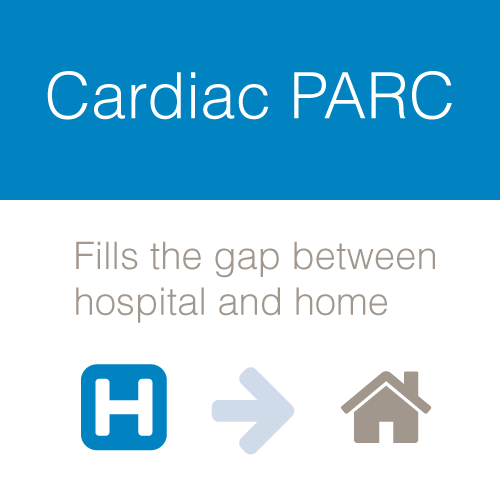

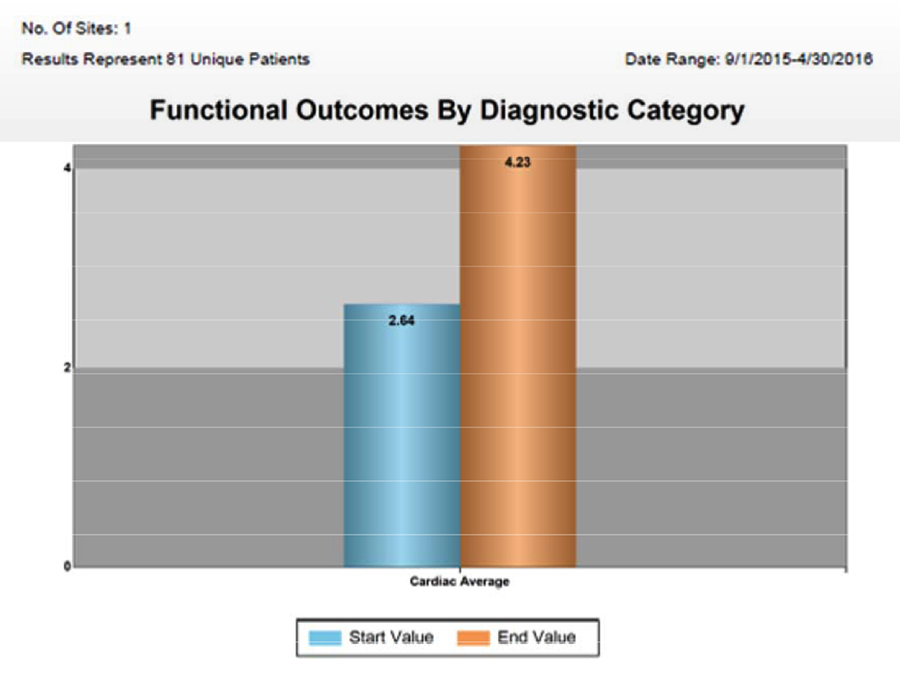
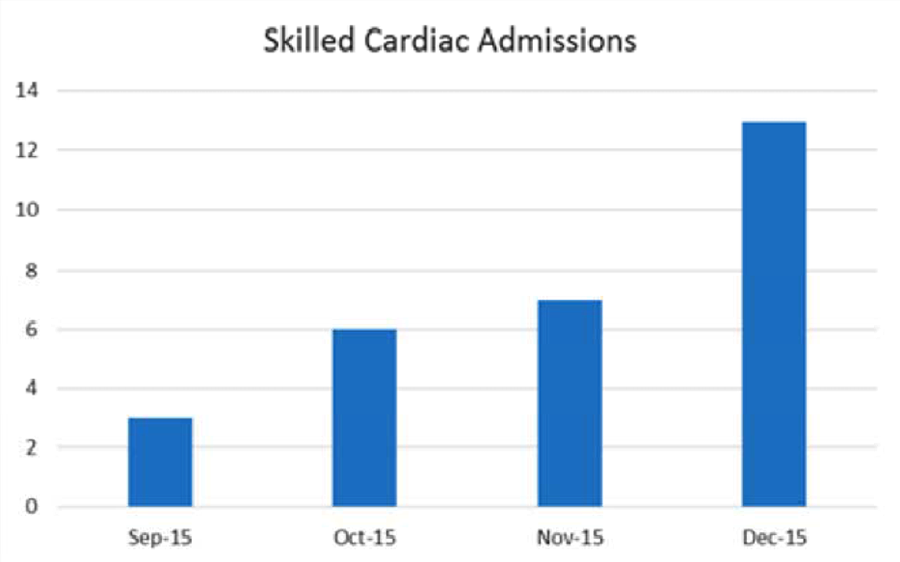
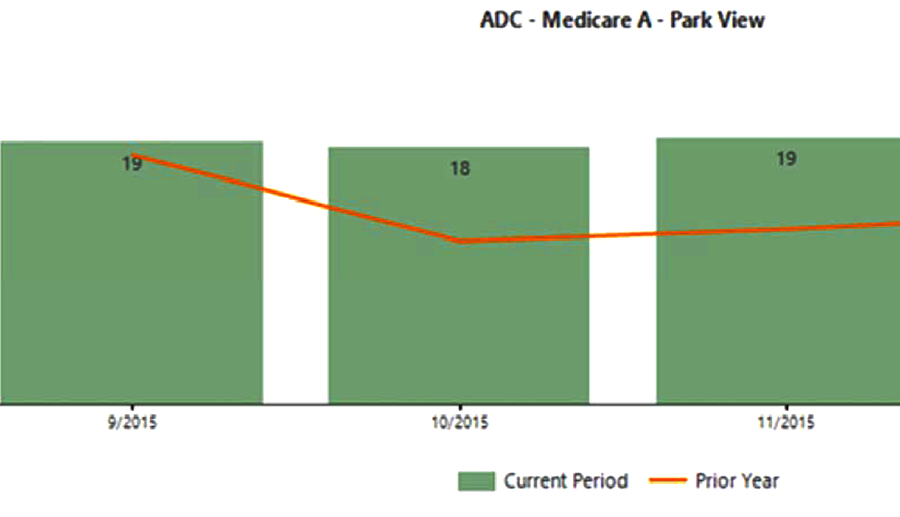
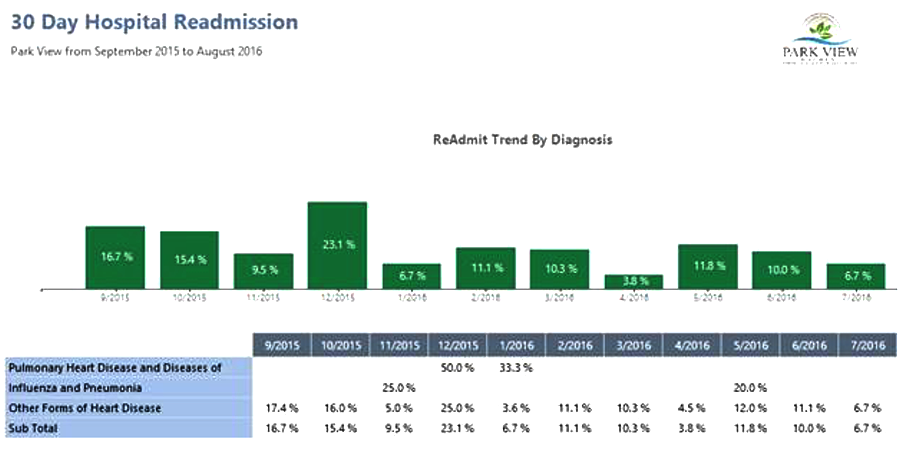
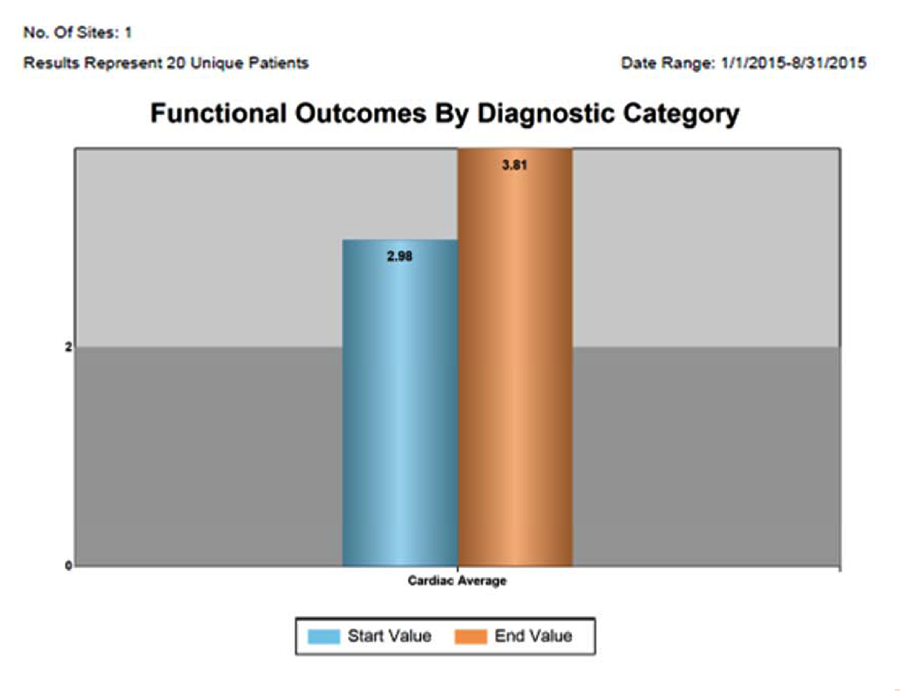
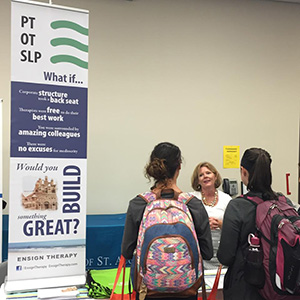

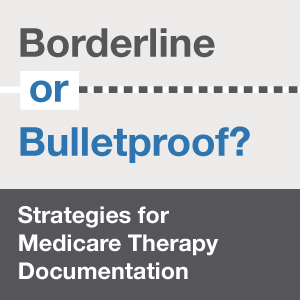
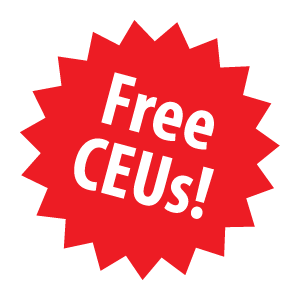
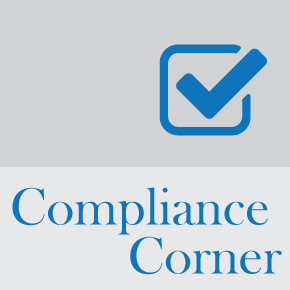
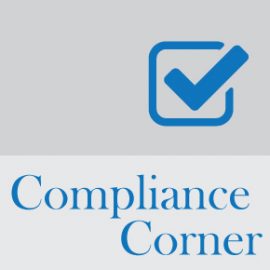 We are well into year three of our Corporate Integrity Agreement (CIA)! Many of you have already had an onsite Medicare Systems Compliance Audit (MSCA) conducted by one of our compliance partners for Medicare Part A services provided to residents in our facilities. We have seen many examples of excellent therapy documentation supporting the vital therapy services that help our patients improve their quality of life and in many cases return home or to a lesser level of care.
We are well into year three of our Corporate Integrity Agreement (CIA)! Many of you have already had an onsite Medicare Systems Compliance Audit (MSCA) conducted by one of our compliance partners for Medicare Part A services provided to residents in our facilities. We have seen many examples of excellent therapy documentation supporting the vital therapy services that help our patients improve their quality of life and in many cases return home or to a lesser level of care.